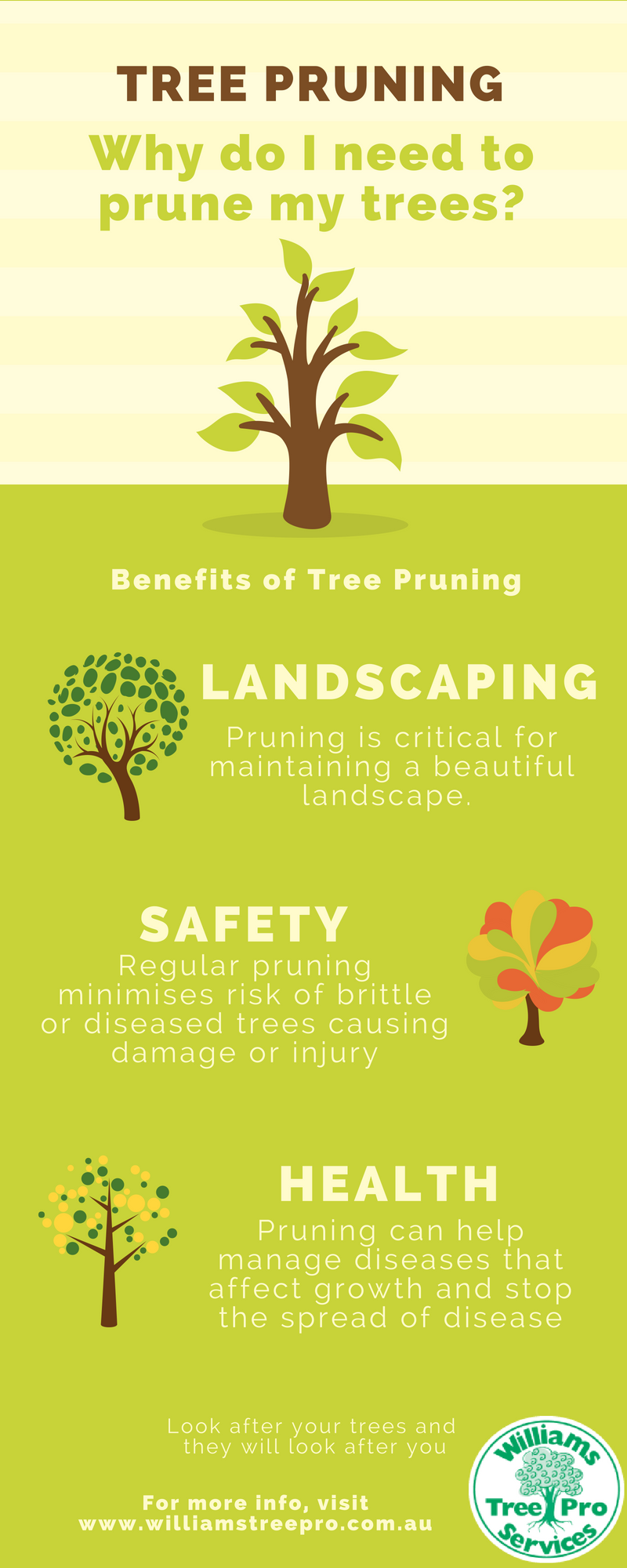When it pertains to land management, have you thought about the resilient benefits of stump grinding? By attending to the residues left behind after tree elimination, this method not just aids in soil wellness improvement yet likewise plays an essential duty in stopping disintegration and sustaining biodiversity. The environmental benefits of stump grinding prolong much beyond mere looks, supplying a lasting remedy that balances with nature's detailed systems.
Soil Health And Wellness Improvement
Seeking to improve the high quality of your dirt? Stump grinding can be a game-changer for improving soil wellness on your residential property. By removing old tree stumps, you're producing room for brand-new growth and allowing crucial nutrients to return to the dirt.
As the stumps break down gradually, they launch raw material, enhancing the dirt and advertising far better plant development.
In addition, stump grinding aids to freshen the dirt, enabling better water seepage and root advancement. Compacted dirt can prevent plant growth and water absorption, yet by grinding stumps, you're loosening up the dirt and developing a much healthier setting for your plants.
Additionally, garden maintenance service grinding can likewise assist to avoid parasite invasions and conditions that old stumps may draw in. By getting rid of these potential threats, you're producing a much safer and much more productive landscape.
Erosion Avoidance
To prevent dirt disintegration efficiently, stump grinding plays an essential duty in preserving the stability and integrity of your land. By removing unattractive stumps from your property, you're additionally decreasing the danger of erosion triggered by water runoff. Stump grinding removes challenges that can interrupt the all-natural flow of water across your land, stopping dirt erosion at the same time.
When stumps are left unblemished, they can work as barriers to water flow, causing dirt to remove throughout heavy rainfalls. This disintegration not just harms your land however additionally contributes to sedimentation in nearby water bodies, harming aquatic ecological communities.
Stump grinding helps to prevent these issues by leveling the ground and promoting proper drain, minimizing the probability of erosion.
Biodiversity Assistance
Keeping healthy and balanced biodiversity on your land is vital for creating a flourishing ecosystem. By using stump grinding as a sustainable land management technique, you can considerably support biodiversity.
Stump grinding aids promote biodiversity by developing new environments for numerous plant and animal types. The removal of stumps permits the regrowth of native plant life, which in turn draws in a diverse series of wild animals. Recommended Website , birds, and small creatures thrive in these newly obtainable locations, adding to the total biodiversity of your land.
In addition, stump grinding assists avoid the spread of illness and bugs that can hurt plant varieties, thus guarding the eco-friendly balance on your home. By getting rid of old stumps, you produce room for brand-new plant development, which boosts the overall health of the community.
This healthier setting sustains a broader variety of species, promoting biodiversity and developing a more resistant community in the long term. Accepting stump grinding as part of your land management method can have long lasting positive impacts on the biodiversity of your land.
Conclusion
By making use of stump grinding as a sustainable technique to land management, you can improve soil wellness, stop erosion, and support biodiversity. This eco-friendly approach not only profits the ecosystem but additionally promotes the growth of plant life and develops environments for various plant and pet types. Make a favorable impact on the environment by including stump grinding into your land management techniques.
